Fall 2022 Fort DeSoto Instructional Photo-Tour #3 Late Registration Discount Info
If you are interested in learning about the late registration discount offer for the third Fort DeSoto IPT, please get in touch via e-mail
On Getting Better
Consider joining me on a BIRDS AS ART Instructional Photo-Tour (IPT). The DeSoto, San Diego, Homer, and the yet-to-be announced July 2023 Jacksonville and July 2024 Galapagos Photo-Cruise of a Lifetime all offer the opportunity for you to dramatically improve your skills both in the field and at the computer and to make some astounding images as well. Click here and see which IPT might be best for you.
|
Fort DeSoto in fall is rife with tame birds. All the images on this card were created at Fort DeSoto in either late September or very early October. I hope that you can join me there this fall. Click on the composite to enjoy a larger version. Clockwise from upper left to center: Long-billed Curlew, Marbled Godwit, Caspian Tern, Great Egret, Sandwich Tern with fish, Willet, Black-bellied Plover threat display, Snowy Egret, 2-year old Yellow-Crowned Night-Heron, juvenile Yellow-Crowned Night-Heron. |
Fall 2022 Fort DeSoto Instructional Photo-Tour #3
3 1/2 Days: Monday 31 October through the morning session on Thursday 3 November 2022. $1899.00 includes three working lunches. Limit six photographers/Openings: 5.
Fort DeSoto, located just south of St. Petersburg, FL, is a mecca for migrant shorebirds and terns in fall. There they join hundreds of egrets, herons, night-herons, and gulls that winter on the T-shaped peninsula. With any luck at all, we should get to photograph one of Florida’s most desirable shorebird species: Marbled Godwit. Black-bellied Plover and Willet are easy, American Oystercatcher is pretty much guaranteed. Great Egret, Snowy Egret, Great Blue Heron, Tricolored Heron, and White Ibis are easy as well and we will almost surely come up with a tame Yellow-crowned Night-Heron or two. And we will get to do some Brown Pelican flight photography. In addition, Royal, Sandwich, Forster’s, and Caspian Terns will likely provide us with some good flight opportunities as well. Though not guaranteed, Roseate Spoonbill and Wood Stork might well be expected. And we will be on the lookout for a migrant passerine fallout in the event of a thunderstorm or two.
On this IPT, all will learn the basics and fine points of digital exposure. Nikon and Canon folks will learn to get the right exposure every time after making a single test exposure, and SONY folks will learn to use Zebras so that they can be sure of making excellent exposures before pressing the shutter button. Everyone will learn how to approach free and wild birds without disturbing them, to understand and predict bird behavior, to identify many species of shorebirds, to spot the good situations, to choose the best perspective, to see and understand the light, and to design pleasing images by mastering your camera’s AF system. Most importantly, you will surely learn to evaluate wind and sky conditions and understand how they affect bird photography. And you will learn how and why to work in Manual mode (even if you’re scared of it). The best news is that you will be able to take everything you learn home with you so that you will be a better photographer wherever and whenever you photograph.
There will be a Photoshop/image review session during or after lunch (included) each full day. That will be followed by Instructor Nap Time.
This IPT will run with only a single registrant (though that is not likely to happen). The best airport is Tampa (TPA). Once you register, you will receive an e-mail with Gulfport AirBnB information.
A $600 deposit is due when you sign up and is payable by credit card. Balances must be paid by check two months before the trip. Your deposit is non-refundable unless the IPT sells out with six folks, so please check your plans carefully before committing. You can register by calling Jim or Jennifer during weekday business hours at 863-692-0906 with a credit card in hand, or by sending a check as follows: make the check out to: BIRDS AS ART and send it via US mail here: BIRDS AS ART, PO BOX 7245, Indian Lake Estates, FL 33855. You will receive a confirmation e-mail with detailed instructions, clothing, and gear advice. Please shoot me an e-mail if you plan to register or if you have any questions.
|
Clockwise from upper left to center: Long-billed Curlew, juvenile Tricolored Heron, Marbled Godwits, Great Blue Heron, juvenile Pectoral Sandpiper, Wood Stork, smiling Sea Scallop, Ruddy Turnstone scavenging needlefish, Great Blue Heron sunset silhouette at my secret spot, and southbound migrant tern flock blur. |
Up Early, Stay Out Late!
Obviously, folks attending an IPT will be out in the field early and stay late to take advantage of the sweetest light and sunrise and sunset colors (when possible). The good news is that the days are relatively short in early fall. I really love it when I am leaving the beach on a sunny morning after a great session just as a carful or two of well-rested photographers are arriving. The length of cloudy morning sessions will often be extended. Click on the composite to enjoy a larger version.
Spoonbills at DeSoto
Over the past years, Roseate Spoonbills have become regular visitors to Fort DeSoto Park. I know when and where to find them and can teach you to approach them successfully. Do consider joining me on the last Fall DeSoto IPT.
What’s Up?
I left home at 6:00am to catch my flight to Dallas. I fly there rather than to OKC to enjoy a non-stop flight. Then a three hour drive up to the PhotoCon hotel. I will be staying on for a few days before flying home Wednesday afternoon. If anyone knows any spots north of Dallas that might be good for bird photography at this time of year, please get in touch via e-mail; perhaps we could meet up.
Enjoy Matt Milnes’ very fine featured z9 images and leave a comment letting us know your favorite and why you made your choice. I have a tie for first. It is obvious that the Z9 on the 500PF with the adapter is deadly when in competent hands.
Today is Thursday 20 October 2022. Wherever you are, and whatever you are doing, I hope that you too have a great day. This blog post took about two hours to prepare and makes two hundred-eight days in a row with a new one.
Please remember to use the B&H and Amazon links that are found on most blog pages and to use the BIRDSASART discount code at checkout when purchasing your new gear from Bedfords to get 3% back on your credit card and enjoy free second-day air FedEx. Please, also, consider joining a BAA IPT. You will be amazed at how much you will learn!
Homer IPT Multiple Trip Discounts Increased
Save $1,500.00 by doing back-to-back trips. Save $2500 by doing all three trips. If you sign up with a friend or a spouse, please e-mail for couples’ discount info.
On Getting Better
Consider joining me on a BIRDS AS ART Instructional Photo-Tour (IPT). The DeSoto, San Diego, Homer, and the yet-to-be announced July 2023 Jacksonville and July 2024 Galapagos Photo-Cruise of a Lifetime all offer the opportunity for you to dramatically improve your skills both in the field and at the computer and to make some astounding images as well. Click here and see which IPT might be best for you.
Attention NANPA Members
If you are currently a NANPA member who enjoys and benefits from your membership and would like to see the organization grow and improve, please contact me via e-mail on a matter of urgent importance.
How Much Can You Learn in a Single Morning?
|
|
|
This image was created on 10 October 2022 on a Fort DeSoto IPT by Matthew Milnes. He used the handheld Nikon AF-S NIKKOR 500mm f/5.6E PF ED VR lens and the vaunted Nikon Z9 Mirrorless camera body with the FTZ II Adapter Kit. ISO 250: 1/40 sec. at f/8 (stopped down one stop). AWB at 7:51:11am on a cloudy morning. Image #1: American Oystercatcher pair/blur
|
Matthew Milnes
I first met Matthew Milnes online when he kindly identified the egg-laying turtle in the blog post here as a Peninsular Cooter (Pseudemys peninsular). We had been in touch off and on since then. On the third day of the second Fort DeSoto IPT, a handsome young man approached me and asked, “Are you Arthur Morris? I am Matthew Milnes, the guy who helped you with the turtle ID a while back.” We got to chatting and Matthew — vacationing with his family, after watching me work with the grouped for a while, asked about joining us for a morning of in-the-field instruction the next day. Thus, we spent got to spend several hours together that Monday. He really paid attention to what I had to say.
As is the custom for all IPT and I-T-F participants, I invited Matthew to send some of his favorite images for a short critique. I chose four of those to feature in today’s blog post. My comments will flow each image.
Matt, your images are pretty darn good for a herps guy! (He is a herpetologist by trade.) The oystercatcher blur is lovely. Especially the background tones and layers. Bummer that that species rarely flaps. As there is too much blue at the bottom, I cropped this one for the blog.
|
|
|
This image was created on 10 October 2022 on a Fort DeSoto IPT by Matthew Milnes. He used the handheld Nikon AF-S NIKKOR 500mm f/5.6E PF ED VR lens and the vaunted Nikon Z9 Mirrorless camera body with the FTZ II Adapter Kit. ISO 1250: 1/5000 sec. at f/5.6 (wide open). AWB at 9:29:33am on a partly cloudy morning. Image #2: Sandwich Tern emerging with baitfish
|
How Much Can You Learn in a Single Morning?
Here’s what Matt had to say:
I learned a lot about finding and seeing photographic opportunities – even on a poor to mediocre day by Ft. DeSoto standards. You kept putting us in the best spot all morning long. I’ve incorporated a lot of tips from the blog posts and from Digital Basics II into my post processing routine. I look forward to another opportunity to join you for an IPT.
Matthew, the diving tern is spectacular. For the blog, I cropped a bit off the bottom. The splash is the highlight, and the image is very sharp.
| 6 |
|
This image was created on 10 October 2022 on a Fort DeSoto IPT by Matthew Milnes. He used the handheld Nikon AF-S NIKKOR 500mm f/5.6E PF ED VR lens and the vaunted Nikon Z9 Mirrorless camera body with the FTZ II Adapter Kit. ISO 1600: 1/6400 sec. at f/5.6 (wide open). AWB at 9:50:21am on a partly cloudy morning. Image #3: Sandwich Tern — tight flight
|
The Z9 Guide
Matt purchased The Nikon Z9 Guide for Wildlife Photographers on Sunday afternoon. I sent it to him and urged him to spend some time on it that evening. He did. Here is what he had to say:
Thank you, Artie, for making the Z9 Guide available. The Setup, Photo Shooting, and Custom Menu sections offered great starting points for initial camera setup. I imagine that the guide would be immensely helpful for anyone new to Nikon, and still helpful for longtime Nikon folks transitioning from a DSLR to a mirrorless body, like me. The suggestions in the autofocus section were particularly helpful for two reasons: the Z9 has options that were not previously available in any Nikon body, and several of the default settings are likely to get in the way of shooting action.
Hey, Matt. The tight Sandwich Tern shot is excellent. It is super-sharp, and you cut the wings in just the right places (as noted in various blog posts). Maintaining accurate focus on birds in flight is a challenge for the photographer and the camera body. The Z9 rocked this one!
|
|
|
This image was created on 10 October 2022 on a Fort DeSoto IPT by Matthew Milnes. He used the handheld Nikon AF-S NIKKOR 500mm f/5.6E PF ED VR lens and the vaunted Nikon Z9 Mirrorless camera body with the FTZ II Adapter Kit. ISO 800: 1/2000 sec. at f/5.6 (wide open). AWB at 10:16:30am on a cloudy morning. Image #4: Great Egret preening — high key
|
White-on-White Delight!
Mr. Milnes, the high key Great Egret is a delight — it put a big smile on my face. I usually would not like the bird preening the far side of its neck, but the skillful white-on-white processing is so light-hearted that it works very well.
Huge thanks to Matt for joining me at DeSoto, and for sending his fine images and allowing me to share some of them with you here today.
|
|
|
You can purchase your copy here in the BAA Online Store for $69.00. Or Call Jim weekdays at 863-692-0906 with a credit card in hand. The Nikon Z9 Guide for Wildlife Photographers |
The Nikon Z9 Guide for Wildlife Photographers/by Warren Hatch
Editorial Consultant: Arthur Morris
In this downloadable e-book (you will receive a link by e-mail), you’ll learn everything a wildlife photographer needs to know about the Nikon Z9. The Z9 is one of the most complex camera bodies ever made. In this guide, the brilliant Warren Hatch will teach you exactly how to set up your Z9 for bird, wildlife, and nature photography. The camera offers hundreds of settings and options. Selecting the right combination of these is essential in order to effectively use the Z9 in the field.
This 83-page guide, created in the tradition of the many mega-successful BIRDS AS ART Camera User’s Guides, includes:
Order yours here in the BAA Online Store for $69.00. Or Call Jim weekdays at 863-692-0906 with a credit card in hand.
Alan Murphy on the Z9 Guide
I was excited to learn that Warren had written a guide to the Nikon Z9 as I have been learning so much about the camera from him. I’ve had the Z9 for several months. Whenever I was puzzled by my new mirrorless camera body, I’d call Warren. He always had the answer. Now, everything that he knows about this great camera body — it continues to amaze me, is available to everyone. Warren’s Z9 guide is great asset for Nikon shooters.
So Who the Heck is Warren Hatch?
When it comes to Nikon camera bodies and nature photography, Warren Hatch is not chopped liver.
Warren retired from the information technology field eight years ago. He began as a computer programmer and retired as the Chief Information Officer of a multibillion-dollar consulting firm. He has been photographing full-time since then. His images have been honored by Audubon, Nature’s Best, and other international photo contests. Like me, photography is both his profession and his passion. For decades, Warren has made a concerted effort to understand what each and every camera body feature does and believes that his in-depth knowledge of his cameras’ buttons, dials, and capabilities has improved his photography.
Because of his close ties to Nikon, Warren was one of the first in the US to get his hands on a Z9. Not to mention a Nikon NIKKOR Z 400mm f/2.8 TC VR S lens!
For the past ten years, Warren has extracted the encrypted metadata from the Nikon NEF (raw) files for all Nikon professional camera bodies. The metadata contains the camera settings that include detailed autofocus information that is not available in Nikon’s NX Studio. He shares the extracted metadata with Phil Harvey who uses it in his hugely popular ExifTool software.
Typos
With all blog posts, feel free to e-mail or to leave a comment regarding any typos or errors.



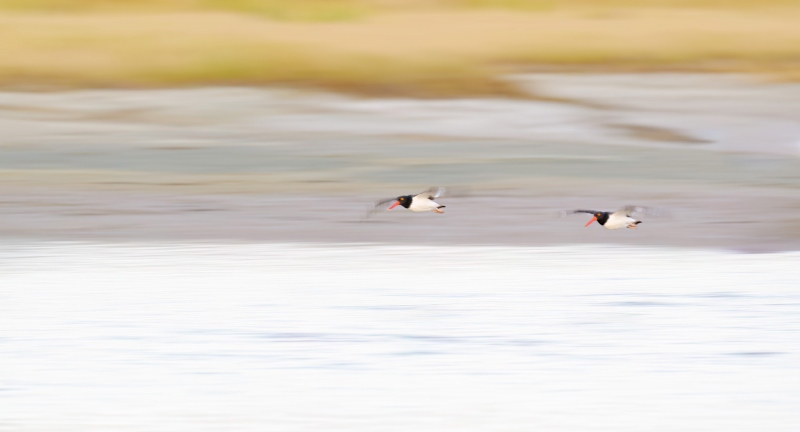
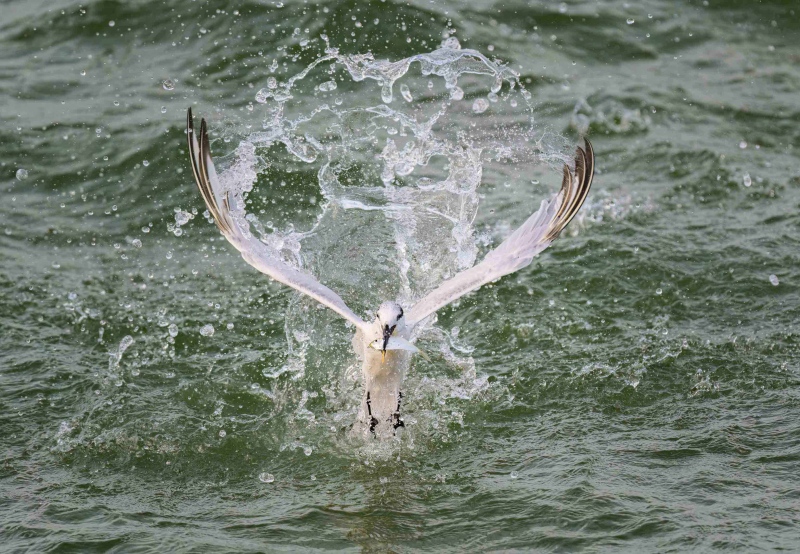
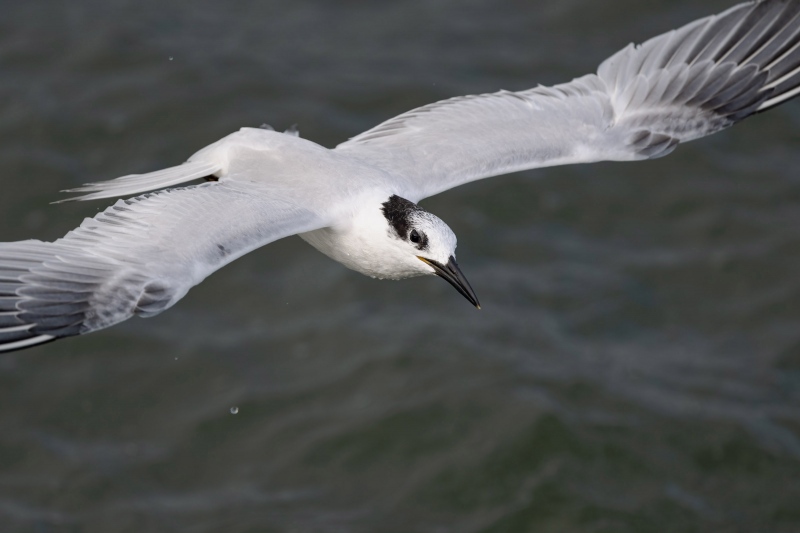
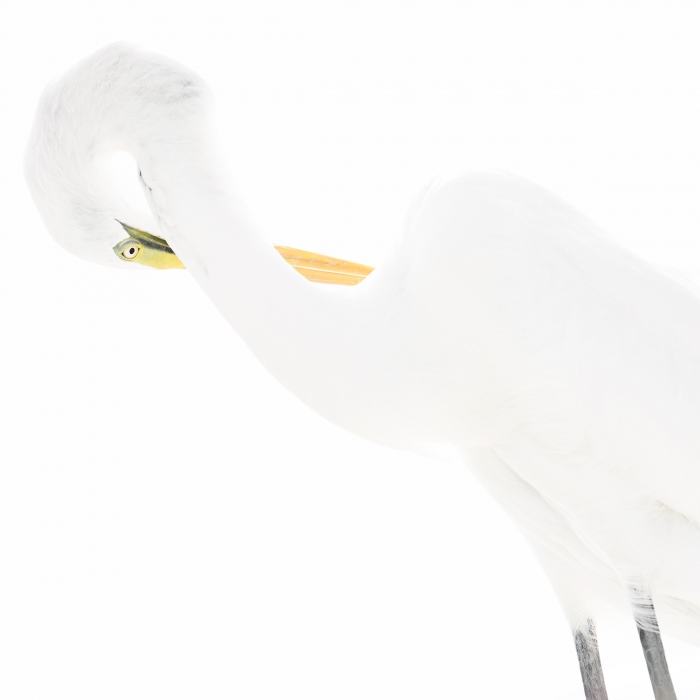
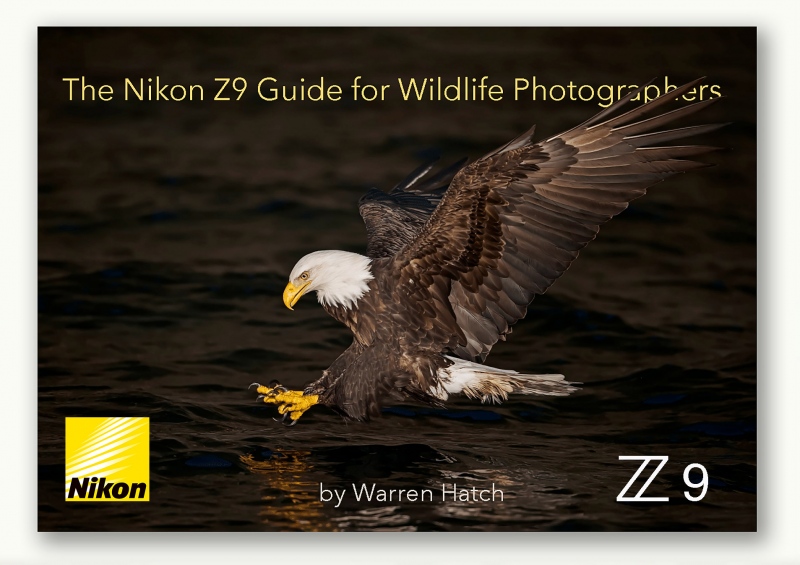













Artie
Great shots Matt i 2nd #4 on Guido’s comments ias i always have trouble with this type of photo white on white! Well done and a close 2nd for me is the Tern splash with his/her catch.
Great job and learning your Z9.
Always with love b
I’m most impressed by #4, the white on white / high key shot.
The exposure is (to use a grossly over exposed term) perfect. I have rarely been able to achieve this myself. Congratulations to Matthew, and thanks to both of you for posting these shots.